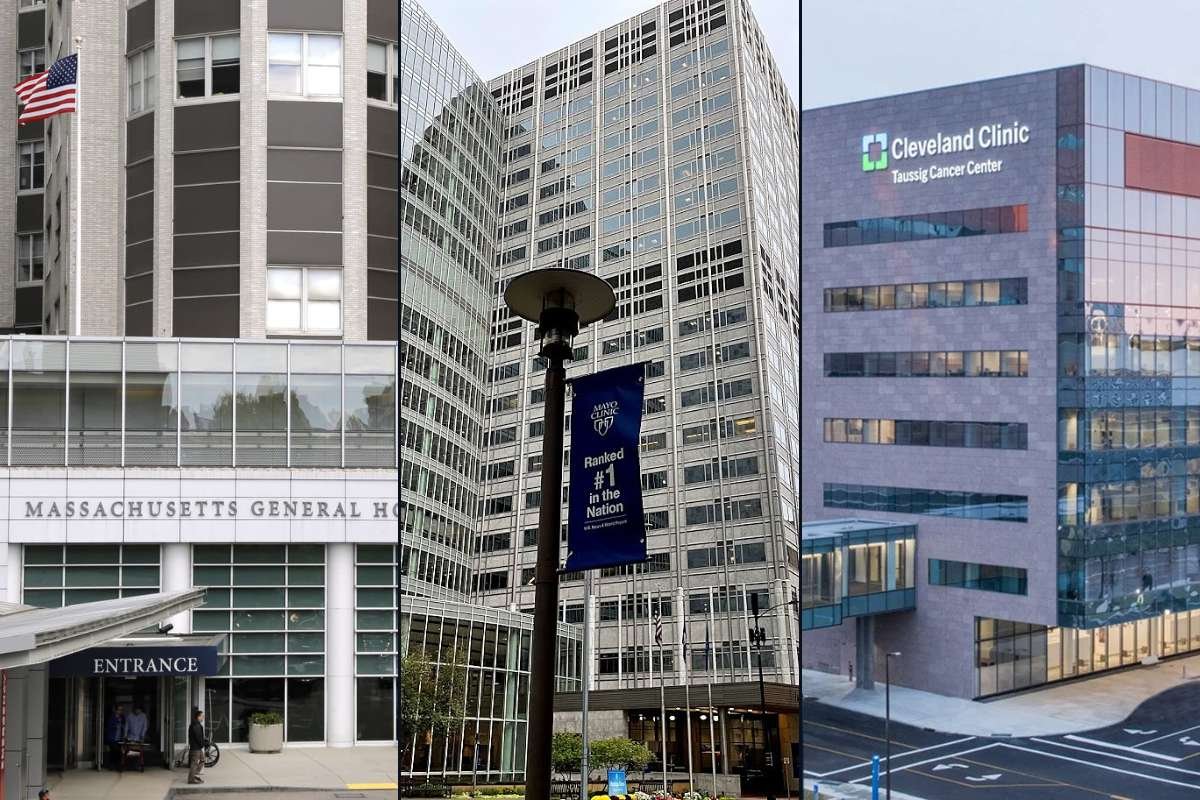Key Points:
- Lasker Prize 2025 – Awarded for cystic fibrosis breakthrough.
- Kaftrio/Trikafta – Extends life and improves quality for most patients.
- Challenges – Cost, access, and rare mutations still limit impact.
Cystic fibrosis, once a life-threatening diagnosis, is now manageable for many patients thanks to a groundbreaking therapy that targets the root cause of the disease. On Thursday, three researchers who played central roles in this medical revolution, Michael Welsh, Jesus Gonzalez, and Paul Negulescu, were awarded the 2025 Lasker Prize, the United States’ highest scientific honor.
The Lasker Prize has long been regarded as a possible precursor to the Nobel Prize, highlighting work that reshapes medicine. This year’s recognition celebrates the creation of a class of drugs capable of stabilizing cystic fibrosis, with the most notable being Kaftrio—marketed as Trikafta in the United States.
For decades, a diagnosis of cystic fibrosis meant a drastically shortened life span. Today, thanks to therapies built on the trio’s research, patients not only live longer but can also pursue education, careers, marriage, and even parenthood.
From Fatal Disease to Manageable Condition
Cystic fibrosis affects about 100,000 people worldwide. It is caused by mutations in the CFTR gene, which disrupts the function of a protein critical for regulating salt and water transport in cells. This malfunction leads to a dangerous buildup of thick mucus in the lungs, digestive system, and other organs.
Michael Welsh, a pulmonologist, was among the first to connect gene mutations with cellular dysfunction. His research in the 1980s and 1990s uncovered that the most common mutation caused proteins to become trapped inside cells and work less effectively. In a key discovery, Welsh demonstrated that lowering cell temperatures could release some of the trapped proteins, proving they were “not totally broken.”
This breakthrough opened the door to the possibility of restoring partial function rather than attempting to replace the gene entirely. The Cystic Fibrosis Foundation then partnered with Gonzalez and Negulescu, who used innovative chemical screening techniques to test thousands of compounds. Their method, likened to “panning for gold,” revealed molecules that could restore protein movement and improve its performance.
A Revolutionary Treatment With New Challenges
The resulting therapy—Kaftrio/Trikafta—was approved in the United States in 2019 and added to the World Health Organization’s list of essential medicines in 2025. For most patients, the drug transforms daily life, dramatically reducing coughing, infections, and hospitalizations. Children who once faced a childhood cut short by illness now grow into healthy adults with the ability to pursue milestones once thought impossible.
“It’s better than I ever hoped,” Welsh said. “You see these kids, and they’re running around, playing, getting married, and having kids. It’s unbelievable.”
Despite its success, the treatment is not without limitations. A small subset of patients with rare mutations remains untreatable with current therapies. In addition, the drugs are costly and must be taken for life, raising concerns about accessibility, especially in lower-income regions. Patient organizations emphasize that the progress, while groundbreaking, is only the beginning.
“The work is not done,” Negulescu noted, pointing to the need for affordable options and next-generation treatments for those left behind.
Looking Ahead
The recognition of Welsh, Gonzalez, and Negulescu with the Lasker Prize underscores both the scale of the scientific achievement and the transformative impact on patients’ lives. From a disease that once claimed children before adulthood to a condition many now live with into middle age and beyond, cystic fibrosis has been reshaped by science.
Future efforts will focus on refining therapies, expanding coverage to all genetic variants, and addressing affordability. For now, the award stands as a testament to decades of persistence, innovation, and hope, proof that once-fatal diseases can be reimagined through science.
Visit The Lifesciences Magazine to read more.







